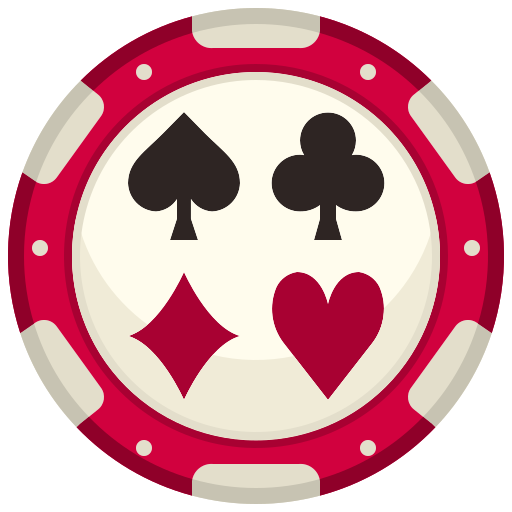Blackjack is a popular and thrilling card game known for its strategic depth. Among the various techniques employed by seasoned players, doubling down is one of the most critical. It’s a move that can significantly enhance your chances of winning, but only if used wisely. In this guide, we’ll explore the art of doubling down in blackjack and provide insights into when and how to use this strategy effectively.
Understanding the Basics
Before diving into the optimal moments for doubling down, let’s clarify what this strategy entails. In blackjack, when you double down, you’re doubling your initial bet and agreeing to take only one more card. It’s a high-risk, high-reward move that should be used strategically.
When to Double Down
- Starting Hand: The most common scenario for doubling down is when you’re dealt a starting hand with a total value of 10 or 11. These hands have a higher probability of hitting 20 or 21 with just one more card. The potential gain in such situations makes doubling down a wise choice.
- Dealer’s Upcard: The dealer’s upcard also plays a significant role in deciding when to double down. It’s more favorable to double down when the dealer’s upcard is 4, 5, or 6. In these cases, the dealer is in a less advantageous position, increasing your odds of success.
- Soft Hands: In some instances, it’s beneficial to double down on soft hands. A soft hand is one that includes an Ace, which can be counted as 1 or 11. For example, a soft 16 (Ace-5) or a soft 17 (Ace-6) provides flexibility. Doubling down on a soft 16 against a dealer’s 4, 5, or 6 can be advantageous.
- The Current Game Situation: Consider the current state of the game. If you’re trailing behind and need to catch up, doubling down can be a strategic move to increase your bet and potentially your winnings.
When NOT to Double Down
While doubling down can be a powerful tool, it’s crucial to avoid doubling down in certain scenarios. For example:
- When you have a hard total of 12 or higher: These hands are less favorable for doubling down as the risk of busting is higher.
- If the dealer’s upcard is an Ace: An Ace indicates the dealer may have a natural blackjack, making doubling down riskier.
- When you’re low on funds: Doubling down requires an additional bet, so it’s essential to have the budget to support this move.
Conclusion
Doubling down in blackjack is a strategic choice that can significantly increase your chances of success when used wisely. By understanding the optimal moments for doubling down, you can enhance your gameplay and potentially maximize your wins at the blackjack table. Remember that effective blackjack strategy is a combination of skill, experience, and timing, and mastering the art of doubling down is a step toward becoming a more proficient player. So, the next time you’re at the blackjack table, keep these strategies in mind and make the most of your gaming experience.
